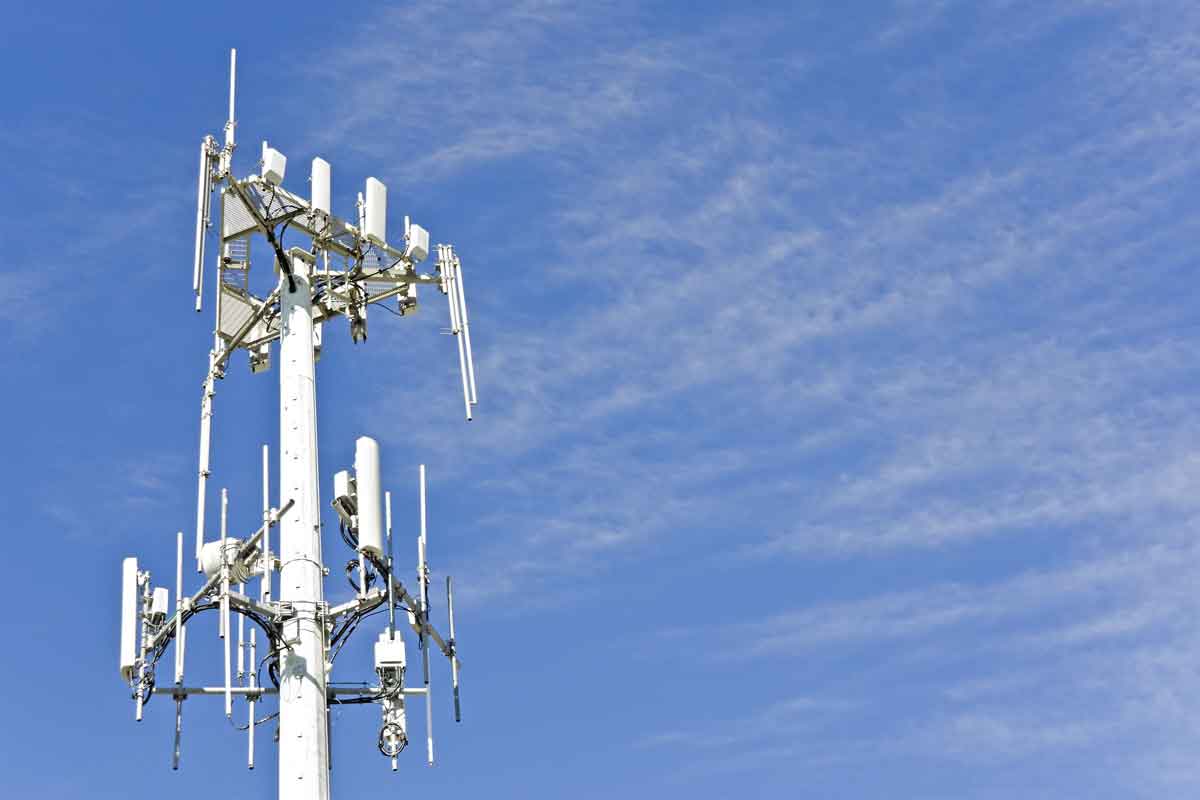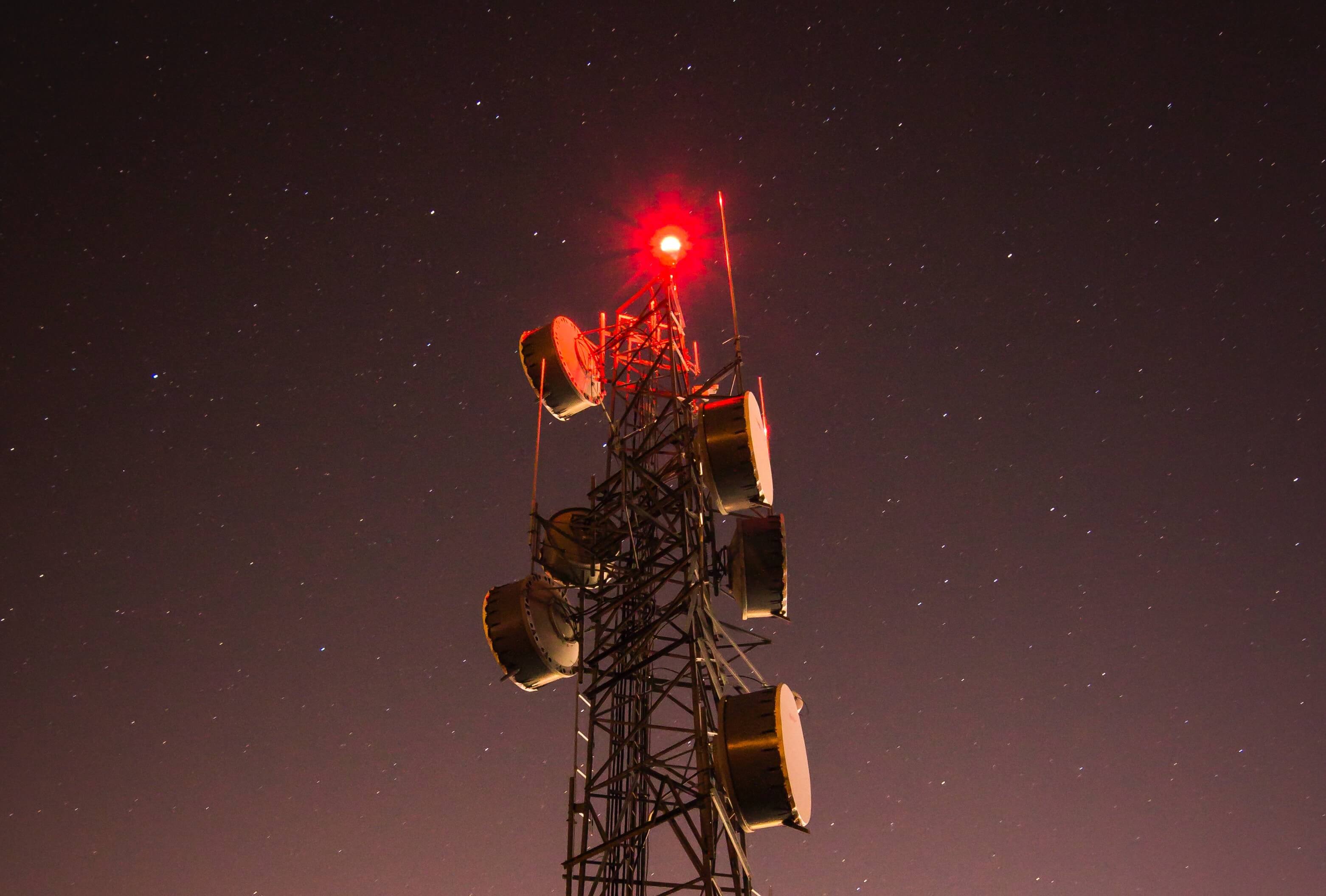What is the safest distance from a 5G cell System?

If you've ever walked through a town and spotted tiny mini 5G cell towers on the poles of street lights. They look like little boxes however they're actually sending wireless signals from mobile providers to your mobile.
They are replacing larger, purpose-built cell towers. While what is a safe distance from a cell tower , they could cause issues for users.
https://ide.geeksforgeeks.org/tryit.php/4d4dabed-1f40-479c-9df5-3da5143e0998 define the safe limit at which an individual can be exposed to electromagnetic energy generated by wireless devices. The exposure limits are based upon scientific research that prove that electromagnetic energy could be harmful to human health.
The specific absorption rate (SAR) is a measure of the amount of radiofrequency energy absorbed by tissue. It's usually 1.6 watts per kilogram, calculated over one gram of tissue.
Since 5g is able to transmit at higher frequencies this could be able to cause greater energy intensity on the skin and other exposed body parts. This could result in many potential harms, including exacerbated development of skin diseases like dermatitis, cataracts and skin cancer.
Because of the potentially severe effects of 5g radiation, PSU has chosen to set a general localized power density limit of 4 mW/cm2 measured over 1 cm2, and not to exceed 30 minutes, for all 5G services running at 3000 GHz. This localized limit is consistent with the maximum spatial-average SAR of 1.6 W/kg averaged over 1 g of tissue at 6 GHz.
The FCC's Maximum Exposure Thresholds for Maximum Exposure

If you've ever used a mobile phone, then you're aware that a safe range from the tower is around 400 meters away. This is due to the transmitting power of the cell tower is significantly increased the further away the tower is.
While this sounds like an ideal idea however, those living close to towers might be more susceptible to health problems. For instance, a study conducted in 2014 in India discovered that those who lived within 50 meters of cell towers had significantly more health complaints than those living further away from the antennas.
However, this study also revealed that those who relocated to areas that were further from cell towers noticed their symptoms improve within a few days. Studies have also shown that exposure to high frequencies of radiofrequency electromagnetic fields (EMFs) could cause brain tumors, cancer and other health issues.

This is due to the fact that RF radiation, which is utilized in wireless communication, can penetrate the human body's outer layer of skin. It is crucial to know because the skin acts as a barrier to protect against injuries caused by mechanical forces, infections caused by pathogenic microorganisms and entry of toxic substances. It is also the largest organ of the human body and is responsible for maintaining the integrity of other organs.
The FCC's Minimum Exposure Thresholds
The FCC's Minimum Exposure Thresholds rely on several assumptions that aren't supported by scientific evidence. what is a safe distance from a cell tower include the erroneous assumption that exposures to RF radiation are safe because of the minimal penetration into the body (i.e., tissue heating).
The assumption is also ignoring the deeper penetration of the ELF elements of modulated radio signals, as well as the effects of short bursts of heat caused by RF pulses. These assumptions are not in line with current knowledge of the biological effects of RF radiation. As such they should not be considered for health protection exposure standards.
Furthermore there is the fact that both ICNIRP and FCC limit their radiation limits for local peak SARs, based on the peak speed of spatial absorption (psSAR), which can be described as not a reliable dosimetric instrument for determining the level of exposure to RF radiation. Particularly what is a safe distance from a 5g cell tower is inconclusive when frequencies exceed 6 GHz. In addition, psSAR is not been tested for RF radiation with co-exposure to other environmental agents such as sunlight. Interactions of RF radiation with other environmental agents could cause synergistic or antagonistic impacts. This can lead to an increased risk of negative health adverse effects. For instance, exposure to RF radiation with sunlight may raise the chance of skin cancer, as well as aggravate other skin disorders, such as acne.
